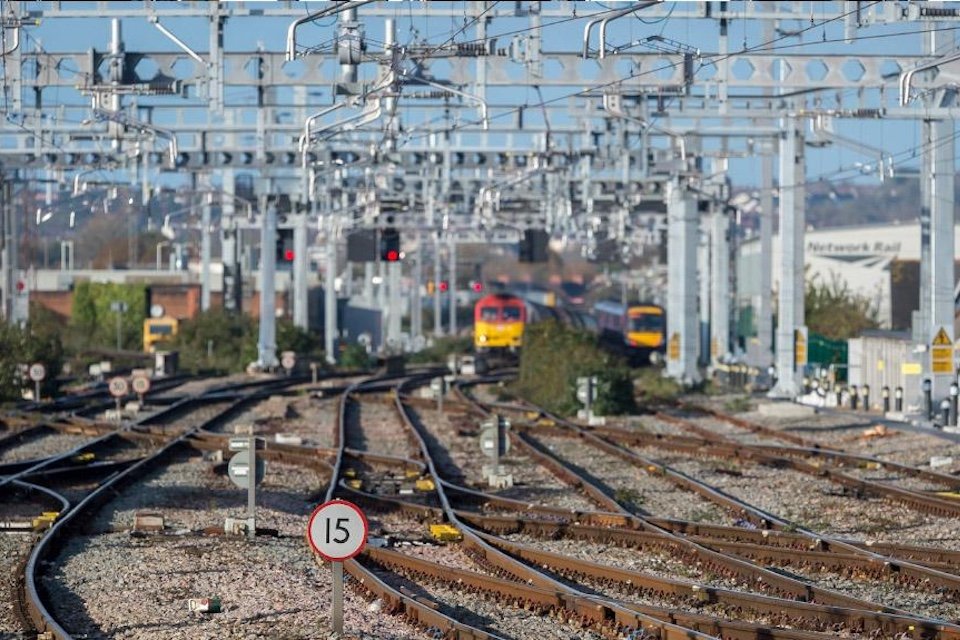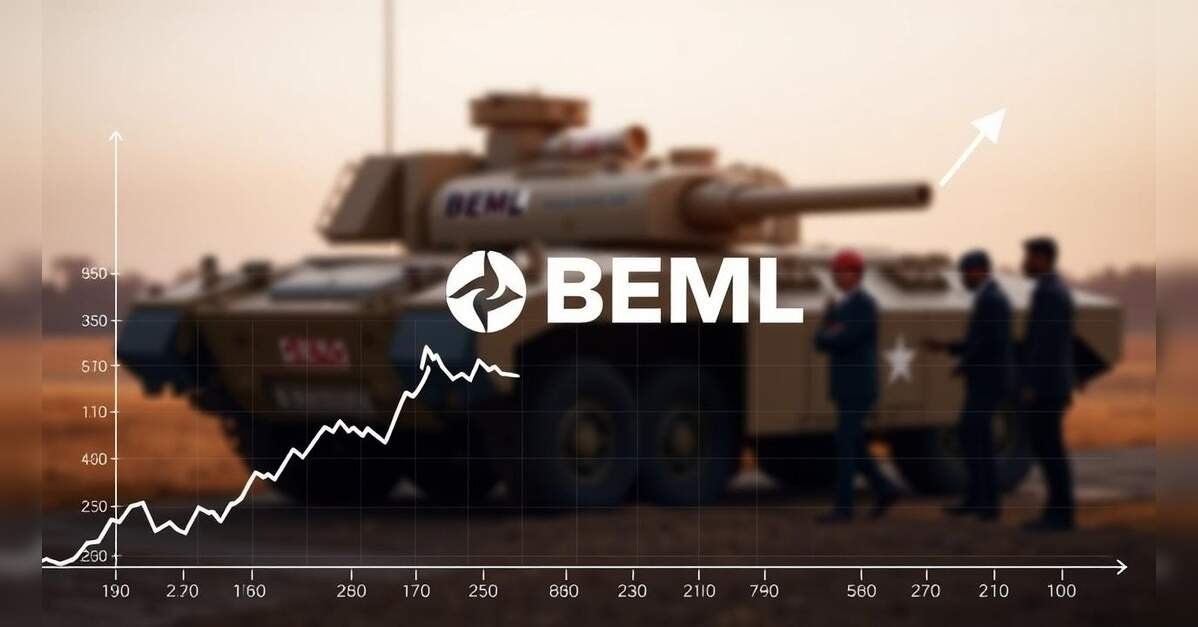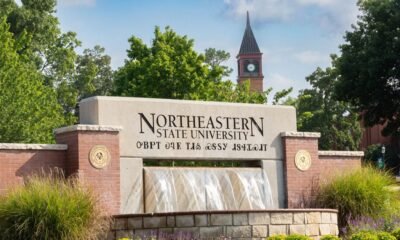Rail & Road
Railway tracks strengthened and waste reduced with recycled tire technology

New research has shown that a world-first system of rubber shock absorbers made from recycled tires can significantly protect railway tracks from damage, addressing the dual challenges of high maintenance costs and national tire waste.
The technology was validated over a two-year period by a collaborative team from the University of Technology Sydney (UTS), Sydney Trains, Transport for NSW, and industry partners EcoFlex and Bridgestone, following extensive monitoring at a live Sydney Trains freight line in Chullora.
Researchers installed track sections with the rubber underlay alongside conventional track sections for a direct comparison, monitoring vibration, track settlement, and ballast degradation under real-world conditions.
The results, detailed in the research paper “Effects of Rubber-Intermixed Ballast on Train Loading Response Through Field Monitoring in Western Sydney” published in the Canadian Geotechnical Journal, confirm the sections with the rubber underlay showed significantly less degradation and greater stability.
The patented technology involves placing the tire cells in a specific layout made from recycled tires infilled with waste materials such as spent ballast and coal wash. Recycled rubber grids cast from worn-out conveyor belts from mining sites are also placed directly beneath the rail track’s primary load-bearing layer, known as ballast.
The technology addresses a long-standing engineering challenge: the high cost of maintaining conventional tracks.
“The rubber-based underlay effectively protects the ballast, preventing it from being pulverized and extending the life of the entire track structure,” said UTS researcher Distinguished Professor Buddhima Indraratna, the original inventor of this technique, and Director of the UTS Transport Research Center.
“Additionally, the underlay controls the way the train load is distributed to the deeper, softer and often wet soil beneath the track, preventing unacceptable soil settlement and weakening of the overlying track.
“This translates directly to lower maintenance costs, fewer track closures for the public, and improved network reliability.”
Dr. Richard Kelly, Chief Technical Principal for Geotechnical Engineering at SMEC Australia and an advisor on the project, said, “If widely adopted by railway asset owners, this will save the Australian rail industry millions of dollars annually by reducing the demand for freshly quarried rock for ballast that is very expensive and not carbon friendly.”
The project provides a powerful solution for the over 50 million end-of-life tires Australia generates annually.
“Finding sustainable, onshore uses for this material is a national priority, and at the same time, we need to reduce our reliance on finite quarried materials,” said Professor Cholachat Rujikiatkamjorn from the UTS Transport Research Center.
“We have proven we can turn a significant waste stream into a high-value asset that makes our critical infrastructure more resilient and advances the circular economy.”
Building on this success, the research team will now expand the work. This next phase will test the technology in more demanding locations, such as at bridge approaches and junctions, where abrupt changes in track stiffness create high-impact zones prone to rapid degradation.
More information:
Buddhima Indraratna et al, Effects of rubber-intermixed ballast on train loading response through field monitoring in Western Sydney, Canadian Geotechnical Journal (2025). DOI: 10.1139/cgj-2024-0507
Citation:
Railway tracks strengthened and waste reduced with recycled tire technology (2025, July 18)
retrieved 18 July 2025
from https://techxplore.com/news/2025-07-railway-tracks-recycled-technology.html
This document is subject to copyright. Apart from any fair dealing for the purpose of private study or research, no
part may be reproduced without the written permission. The content is provided for information purposes only.
Rail & Road
ORR serving up rail development on a plate

There is a strong appetite to invest in rail. However, barriers hold back the market, says the official regulator in the UK. The Office of Rail and Road (ORR) has conducted a review that reveals latent opportunities for rail infrastructure investment. Work is now underway at the regulator to remove barriers and streamline the investment process to support economic growth.
Subscribe to gain access to all news
Already have a subscription? Log in.
Choose your subscription
Or
Want to read this article for free?
You can read one free article per month. Enter your email and we’ll send you a free link to access the full article. No payment required.
Rail & Road
BEML Secures First International Rail-Metro Contract in Malaysia for ₹1 Million, ETInfra

State-owned firm BEML Limited has received its maiden overseas contract in the rail and metro segment from Malaysia valued at ₹1 million.
The work is for the retrofit and reconditioning of the Mass Rapid Transport System, according to a company stock exchange filing.
“…we hereby inform that BEML Limited received its maiden overseas contract in the Rail and Metro segment from Malaysia for the Retrofit and Reconditioning of the Mass Rapid Transport System on 09.08.2025, valued at ₹1 million,” the company informed stock exchanges.
BEML Limited, a leading multi-technology ‘Schedule A’ company under the Ministry of Defence, plays a pivotal role in serving India’s core sectors, including defence, rail, power, mining, and construction, by offering world-class products.
BEML operates in three verticals: Defence and aerospace, mining and construction, and rail and metro. It has state-of-the-art manufacturing facilities located in Bengaluru, Kolar Gold Fields (KGF), Mysore, and Palakkad, with a strong R&D infrastructure and a nationwide sales and service network.
Separately, in early July, BEML Limited inaugurated its newly built state-of-the-art warehousing facility, spread over 0.12 acres, at the Karnataka Industrial Areas Development Board (KIADB) Aerospace Special Economic Zone (SEZ), Bengaluru.
This marked a significant milestone in BEML’s long-term vision of supporting India’s aerospace growth and creating a robust supply chain ecosystem for global and domestic Original Equipment Manufacturers (OEMs).
The facility is designed not only to support BEML’s internal logistics, but also to offer warehousing and allied services to other OEMs, Tier-1, and Tier-2 players.
BEML envisions to create a Centre of Excellence for Aerospace Technologies within this SEZ, empowering India’s self-reliance journey in defence and aerospace while creating a vibrant ecosystem for innovation, collaboration, and growth.
Rail & Road
A Strategic Bet on America’s Infrastructure Renaissance

FTAI Infrastructure Inc. (NASDAQ: FIP) has made a bold move to position itself at the forefront of the U.S. infrastructure renaissance with its $1.05 billion acquisition of the Wheeling & Lake Erie Railway (W&LE). This transaction, secured through a $2.25 billion capital raise—including $1.25 billion in new debt and $1 billion in preferred stock from Ares Management—marks a pivotal step in the company’s evolution from a niche infrastructure player to a diversified rail powerhouse. For investors, the deal represents a rare opportunity to capitalize on a strategic acquisition that aligns with the Biden administration’s $1.2 trillion infrastructure bill, which is turbocharging demand for freight rail services.
Strategic Synergies and Geographic Expansion
The W&LE’s 1,000-mile network spans four industrial heartland states, connecting key manufacturing hubs, energy corridors, and ports. Its integration with Transtar’s Union Railroad in Pittsburgh creates a seamless, cross-regional rail network capable of handling surging demand for bulk commodities, automotive logistics, and intermodal freight. This acquisition not only expands FTAI’s operational scale but also diversifies its revenue streams, reducing reliance on any single sector.
The Biden-era infrastructure stimulus has already spurred a 15% year-over-year increase in rail freight volumes, according to the Association of American Railroads. FTAI’s expanded network is uniquely positioned to capture this growth, particularly in the energy transition—W&LE’s routes serve coal-fired power plants and emerging renewable energy projects, offering a dual-use asset in a shifting market.
Financial Engineering and Risk Mitigation
The acquisition’s financing structure is as innovative as it is ambitious. By issuing preferred stock to Ares Management and refinancing high-cost debt, FTAI has reduced its debt-to-EBITDA ratio from 76% to a more manageable 3–3.5x by 2025. This maneuver not only lowers interest expenses but also signals confidence in the company’s ability to generate $200 million in annual Adjusted EBITDA by 2026—a 60% increase from current levels.
Critics may point to the company’s heavy leverage, but the projected EBITDA growth and the inelastic demand for rail services in the U.S. suggest a strong margin of safety. The W&LE’s existing 250+ customers, including Fortune 500 companies, provide a stable revenue base, while the Biden administration’s focus on reshoring manufacturing could unlock new business opportunities.
A Hidden Winner in a Stimulus-Driven Market
FTAI’s acquisition is a masterclass in value creation. While the market has largely focused on high-profile infrastructure projects like EV charging networks or broadband expansion, FTAI is quietly building a cash-generative asset base with long-term durability. The W&LE’s routes are embedded in regions where rail infrastructure is aging and in need of modernization—a gap the Biden bill is designed to address.
Moreover, the transaction’s regulatory approval by the U.S. Surface Transportation Board (expected in Q3 2025) will cement FTAI’s status as a consolidator in the fragmented Class II rail sector. With only 12 Class II railroads in the U.S., FTAI’s scale and strategic positioning could deter competition and drive pricing power.
Why Act Now?
The key for investors is timing. FTAI’s stock currently trades at a discount to its projected intrinsic value, reflecting skepticism about its debt load and integration risks. However, the company’s refinancing strategy and the earnings call on August 8—where management will detail the path to EBITDA growth—could catalyze a re-rating.
For those willing to look beyond short-term volatility, FTAI offers a compelling case: a high-conviction bet on the infrastructure renaissance with a clear line of sight to earnings growth. As the market increasingly recognizes the value of physical infrastructure in a stimulus-driven economy, FTAI’s shares could see significant appreciation—especially if the company successfully executes its integration and debt-reduction plans.
In conclusion, FTAI Infrastructure’s railroad acquisition is not just a strategic win but a testament to the power of disciplined capital allocation in the post-pandemic economy. For investors seeking exposure to the Biden-era infrastructure boom without the hype of tech or crypto, FTAI presents a rare, undervalued opportunity. The question is no longer if the market will recognize this, but when.
-

 Brand Stories3 weeks ago
Brand Stories3 weeks agoBloom Hotels: A Modern Vision of Hospitality Redefining Travel
-

 Brand Stories2 weeks ago
Brand Stories2 weeks agoCheQin.ai sets a new standard for hotel booking with its AI capabilities: empowering travellers to bargain, choose the best, and book with clarity.
-

 Destinations & Things To Do3 weeks ago
Destinations & Things To Do3 weeks agoUntouched Destinations: Stunning Hidden Gems You Must Visit
-

 Destinations & Things To Do2 weeks ago
Destinations & Things To Do2 weeks agoThis Hidden Beach in India Glows at Night-But Only in One Secret Season
-

 AI in Travel3 weeks ago
AI in Travel3 weeks agoAI Travel Revolution: Must-Have Guide to the Best Experience
-

 Brand Stories1 month ago
Brand Stories1 month agoVoice AI Startup ElevenLabs Plans to Add Hubs Around the World
-

 Brand Stories1 month ago
Brand Stories1 month agoHow Elon Musk’s rogue Grok chatbot became a cautionary AI tale
-

 Brand Stories3 weeks ago
Brand Stories3 weeks agoContactless Hospitality: Why Remote Management Technology Is Key to Seamless Guest Experiences
-

 Asia Travel Pulse1 month ago
Asia Travel Pulse1 month agoLooking For Adventure In Asia? Here Are 7 Epic Destinations You Need To Experience At Least Once – Zee News
-

 Brand Stories1 month ago
Brand Stories1 month agoChatGPT — the last of the great romantics










